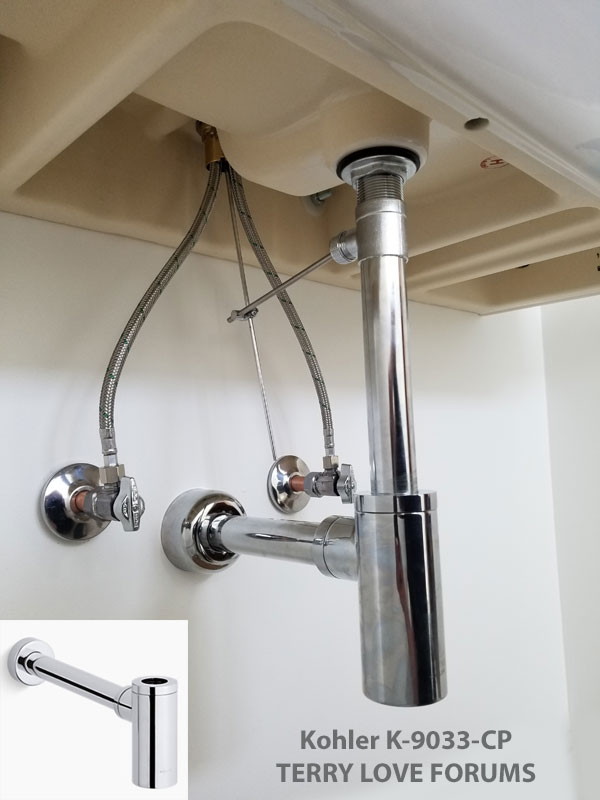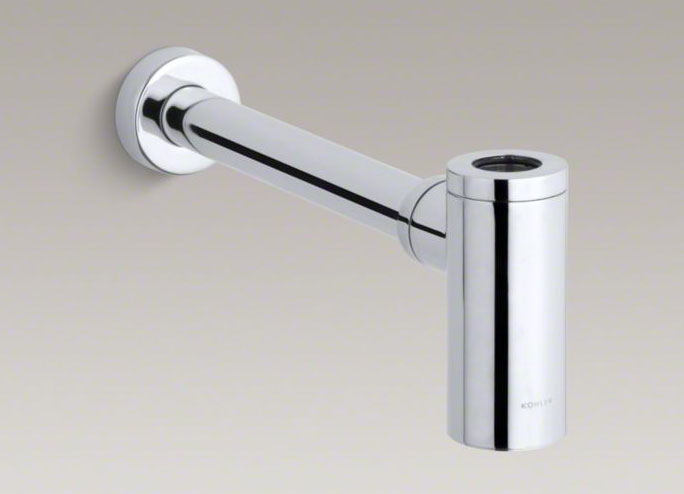Scott_V
New Member
I'm thinking about using either a Mountain MT2000 or Kohler K-9035 bottle trap drain beneath my vessel sink. Any comments on how well these work vs a traditional J-trap? The drain will be exposed and I like the sleek look of the bottle traps.
Thanks-
Scott Vroom
Bottle trap

Thanks-
Scott Vroom
Bottle trap

Last edited by a moderator:

